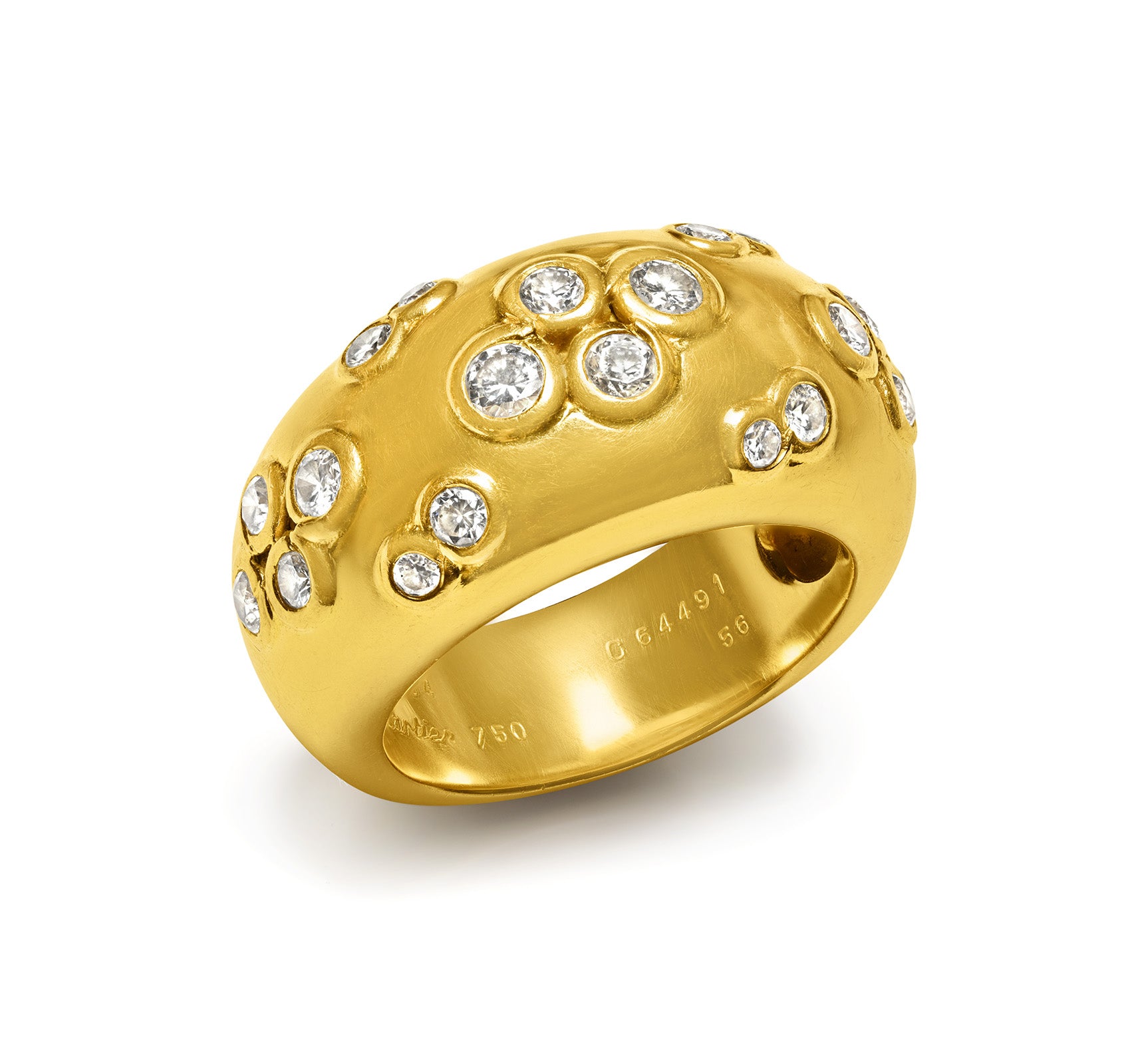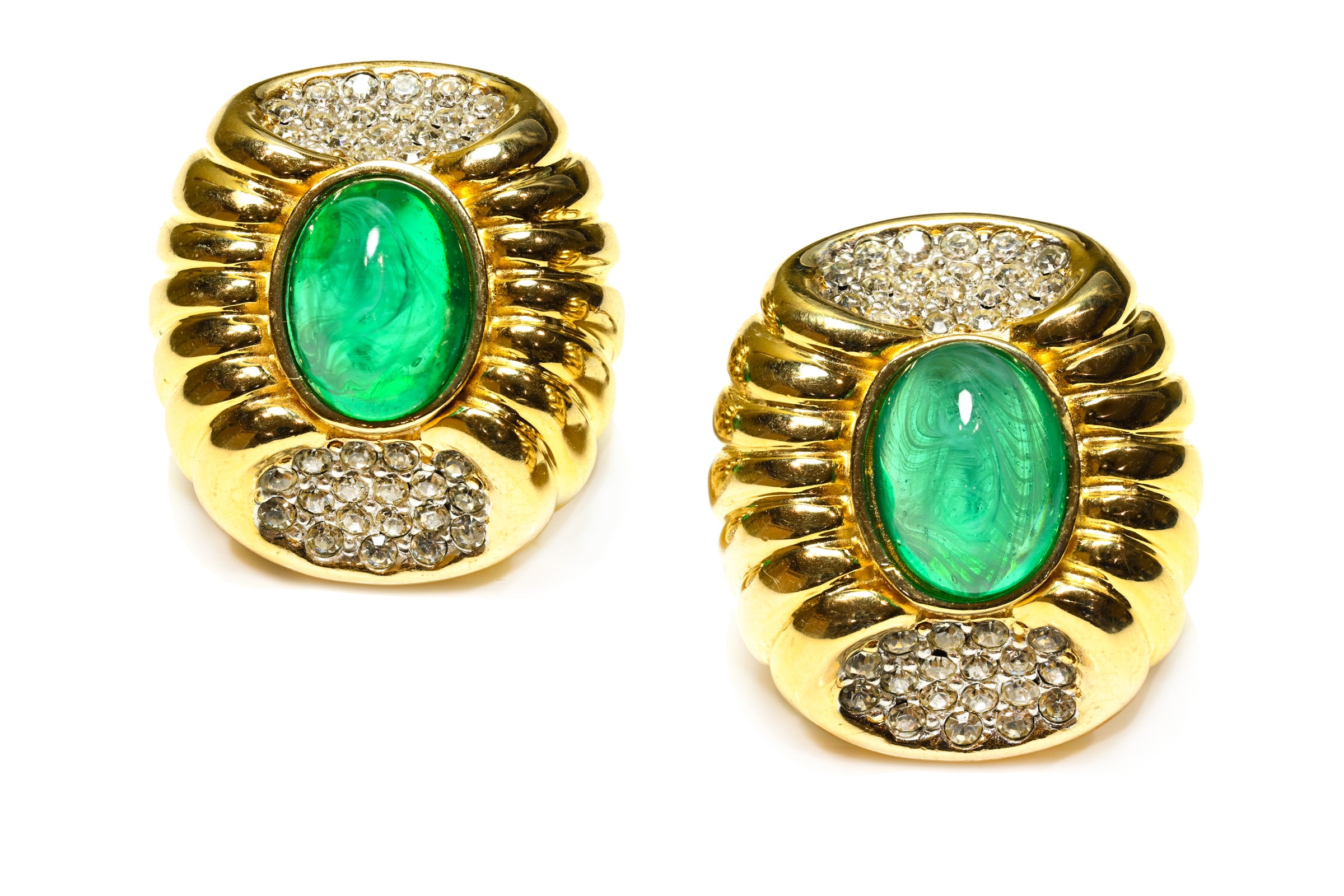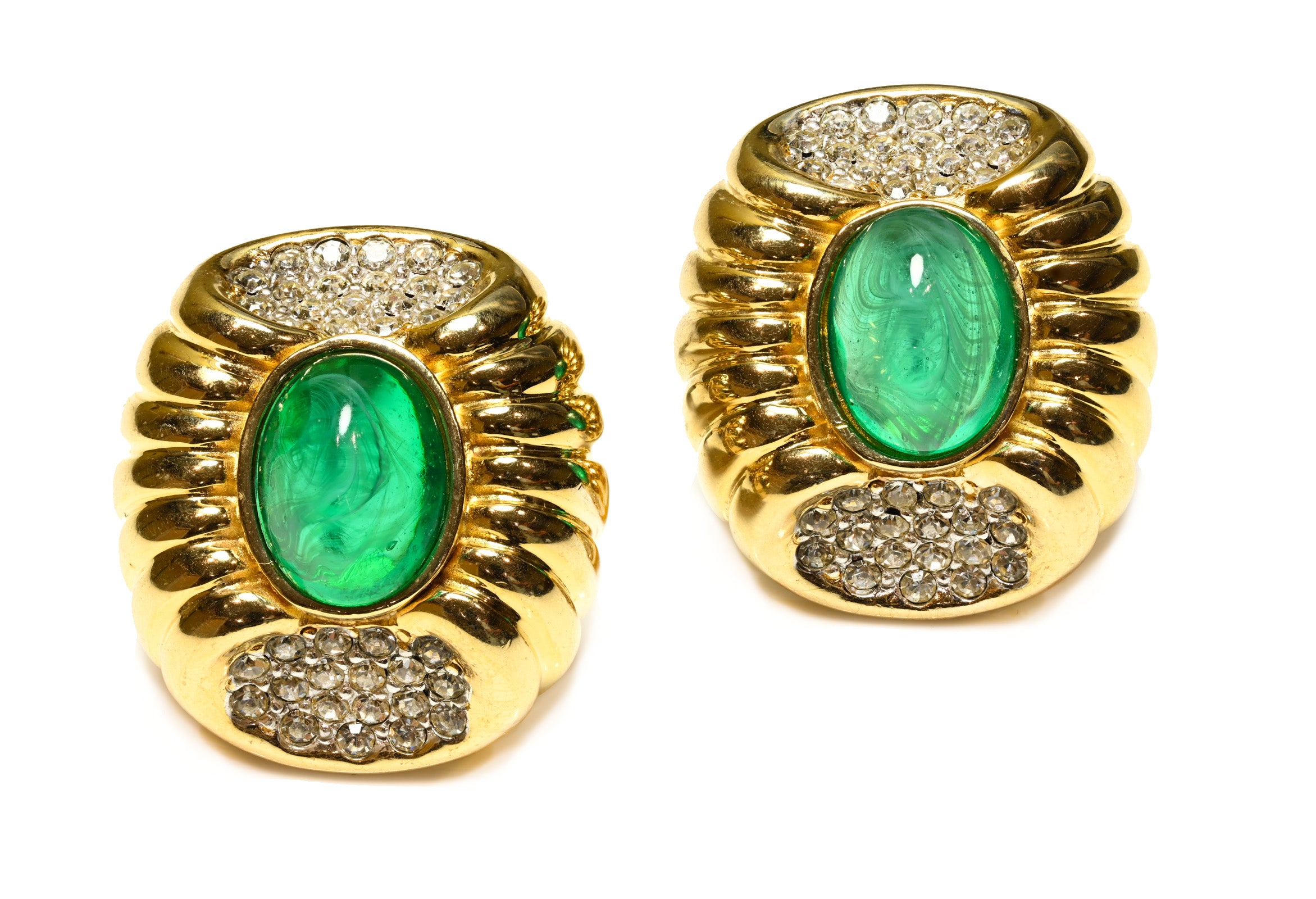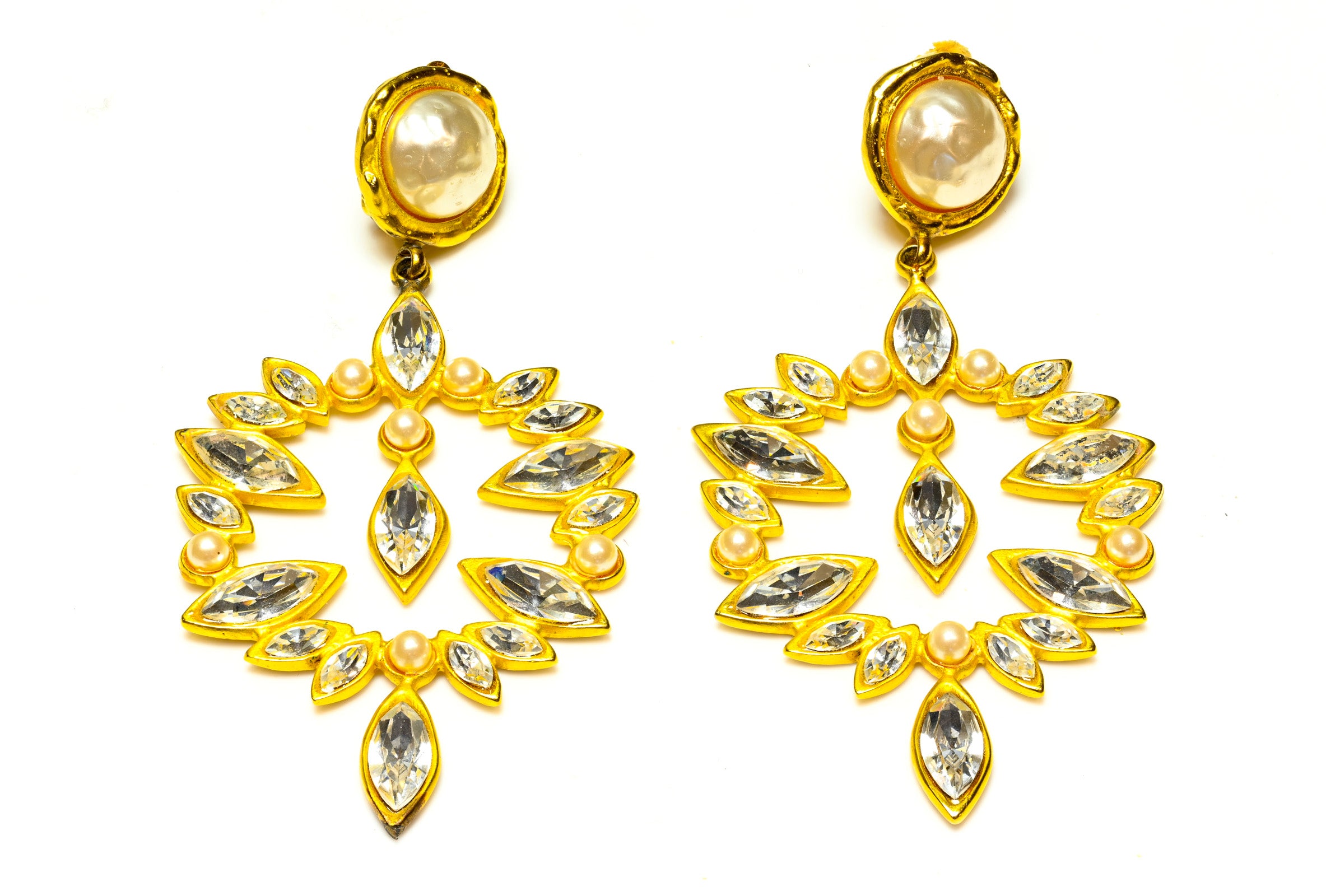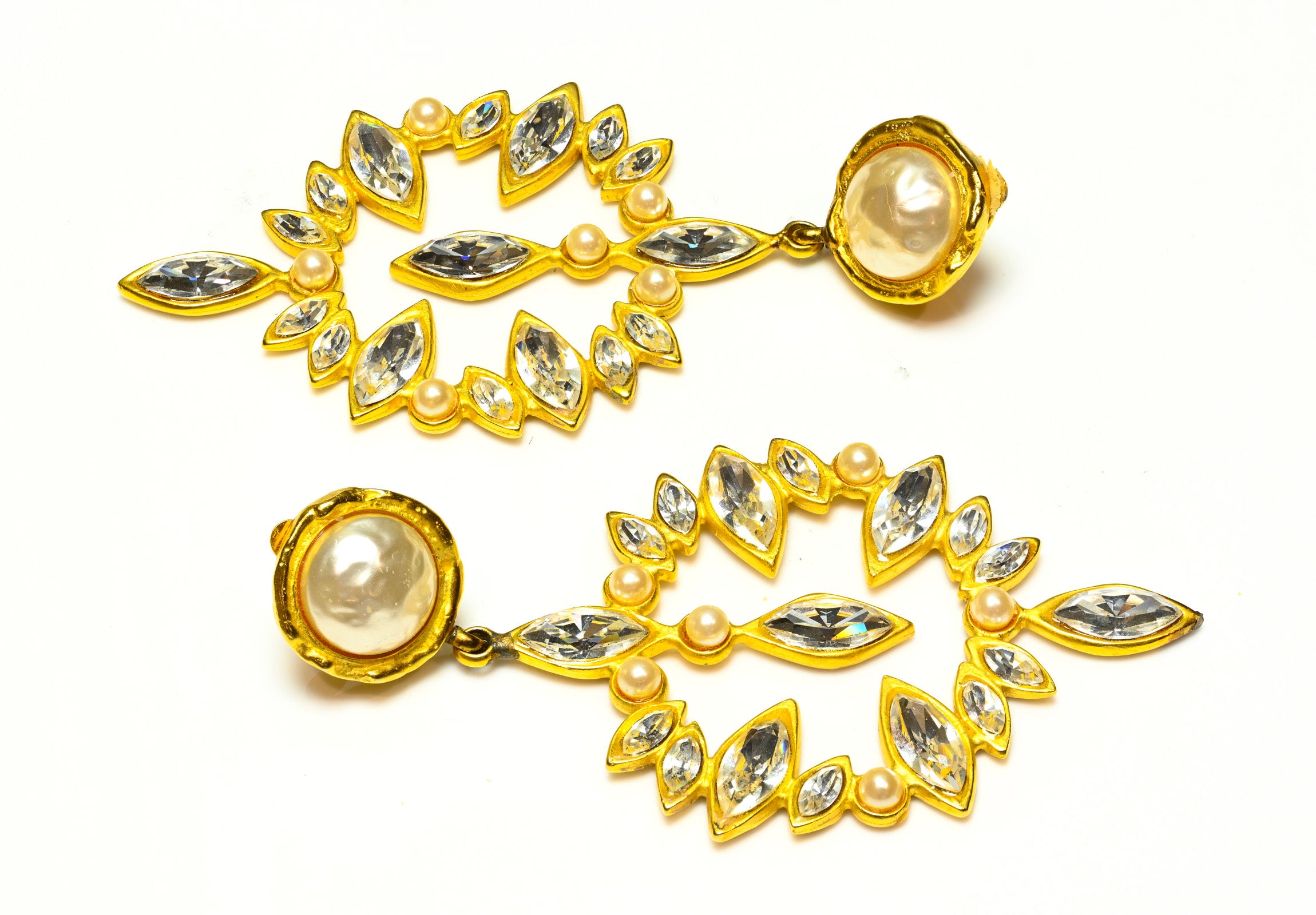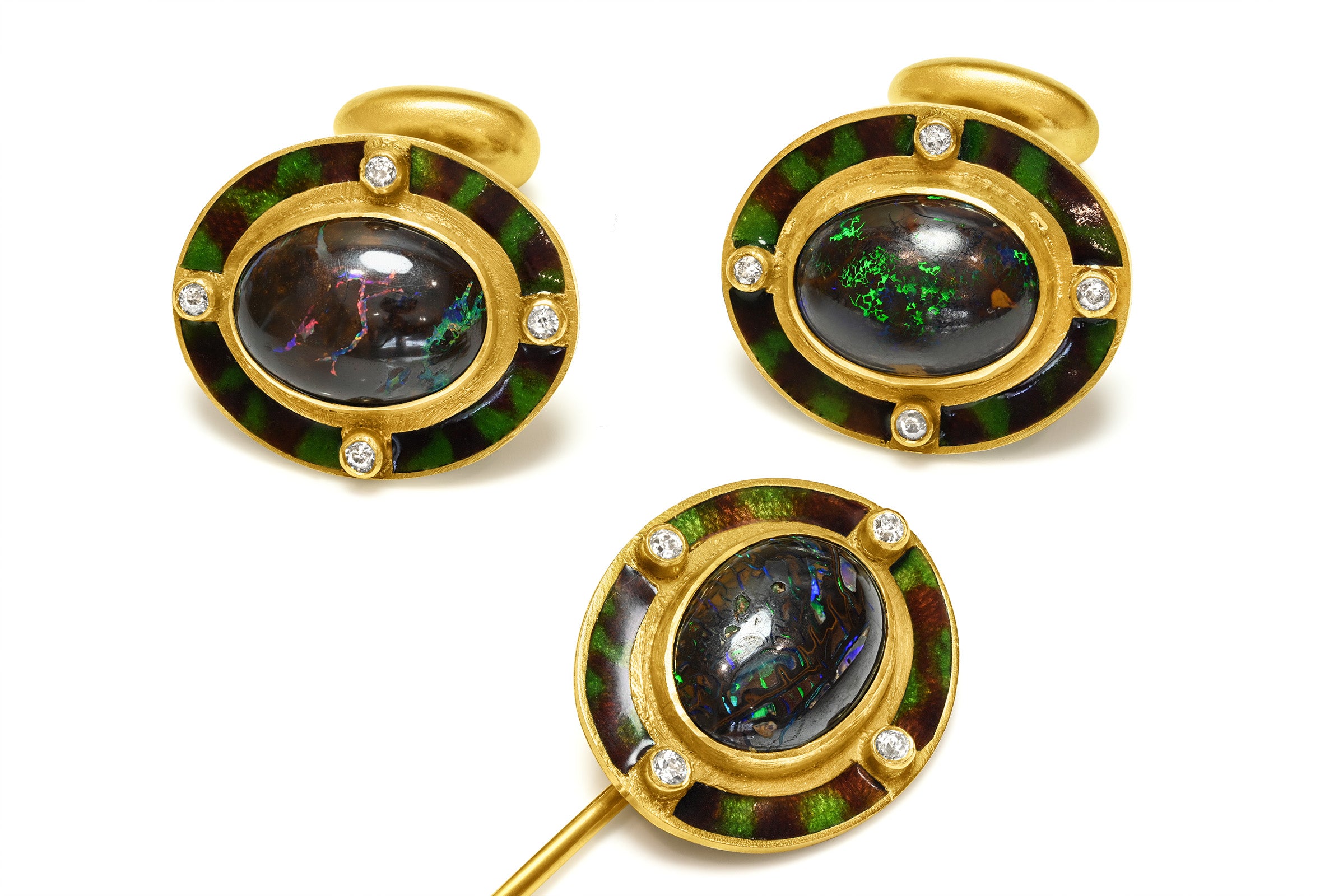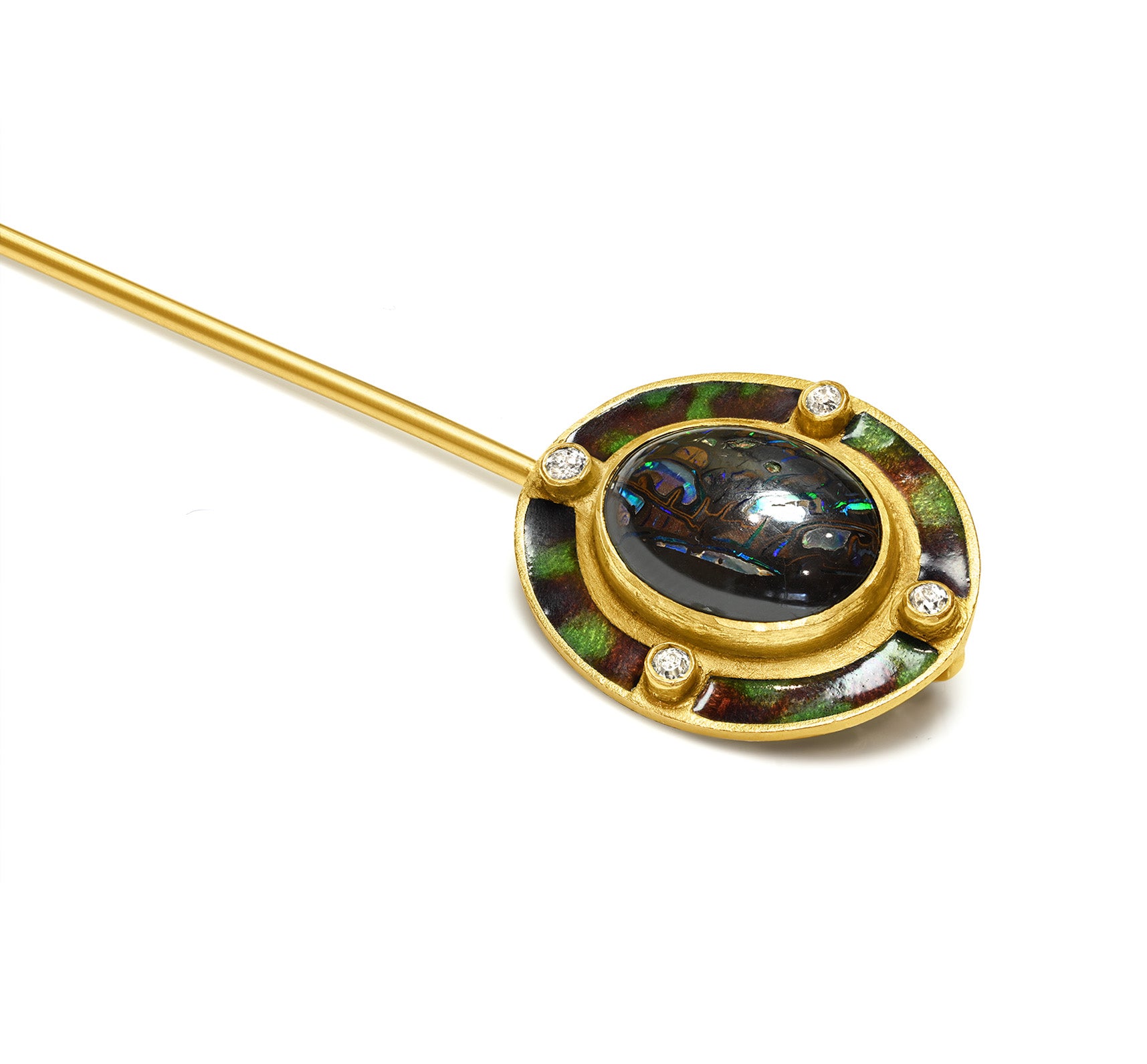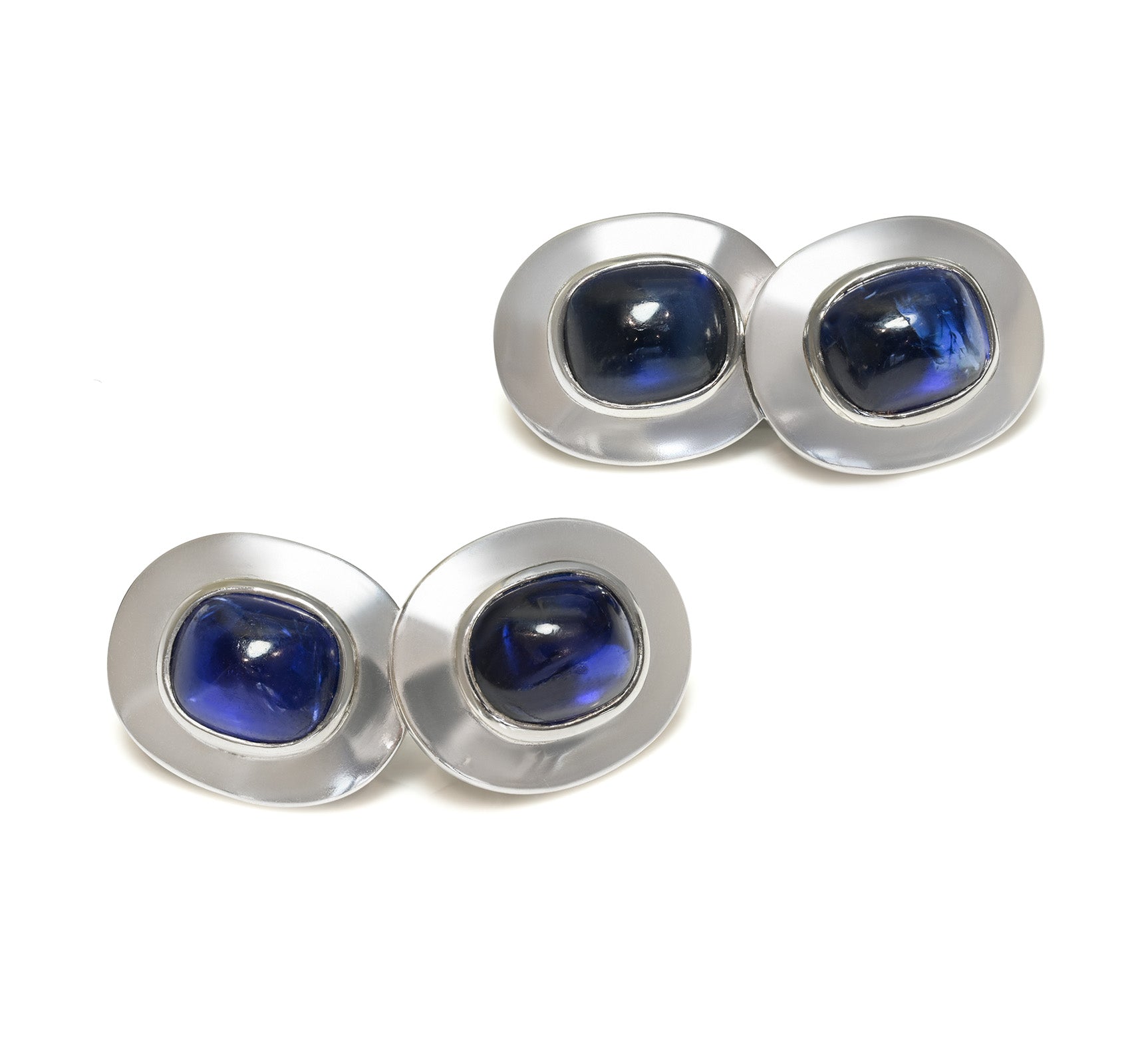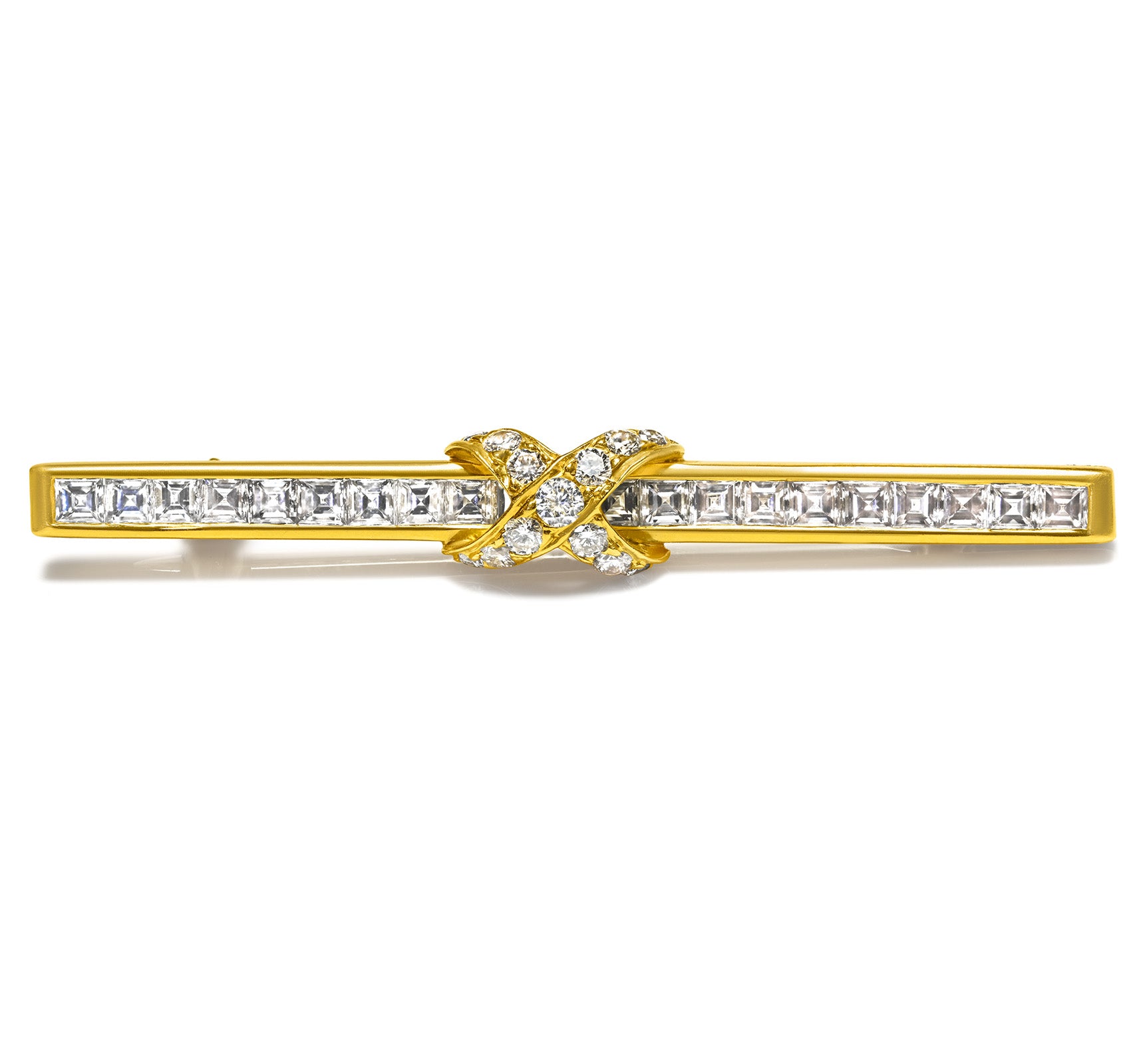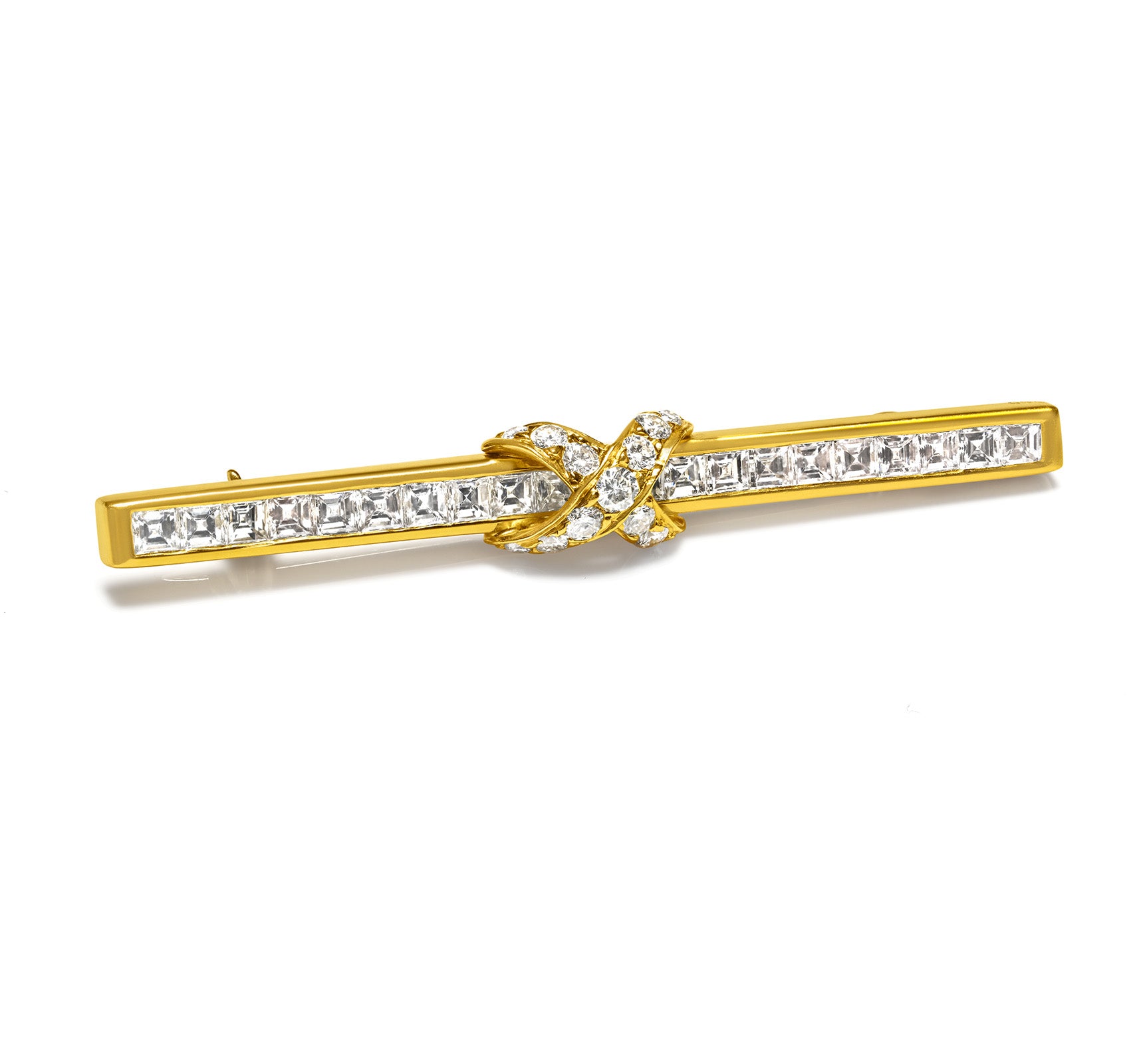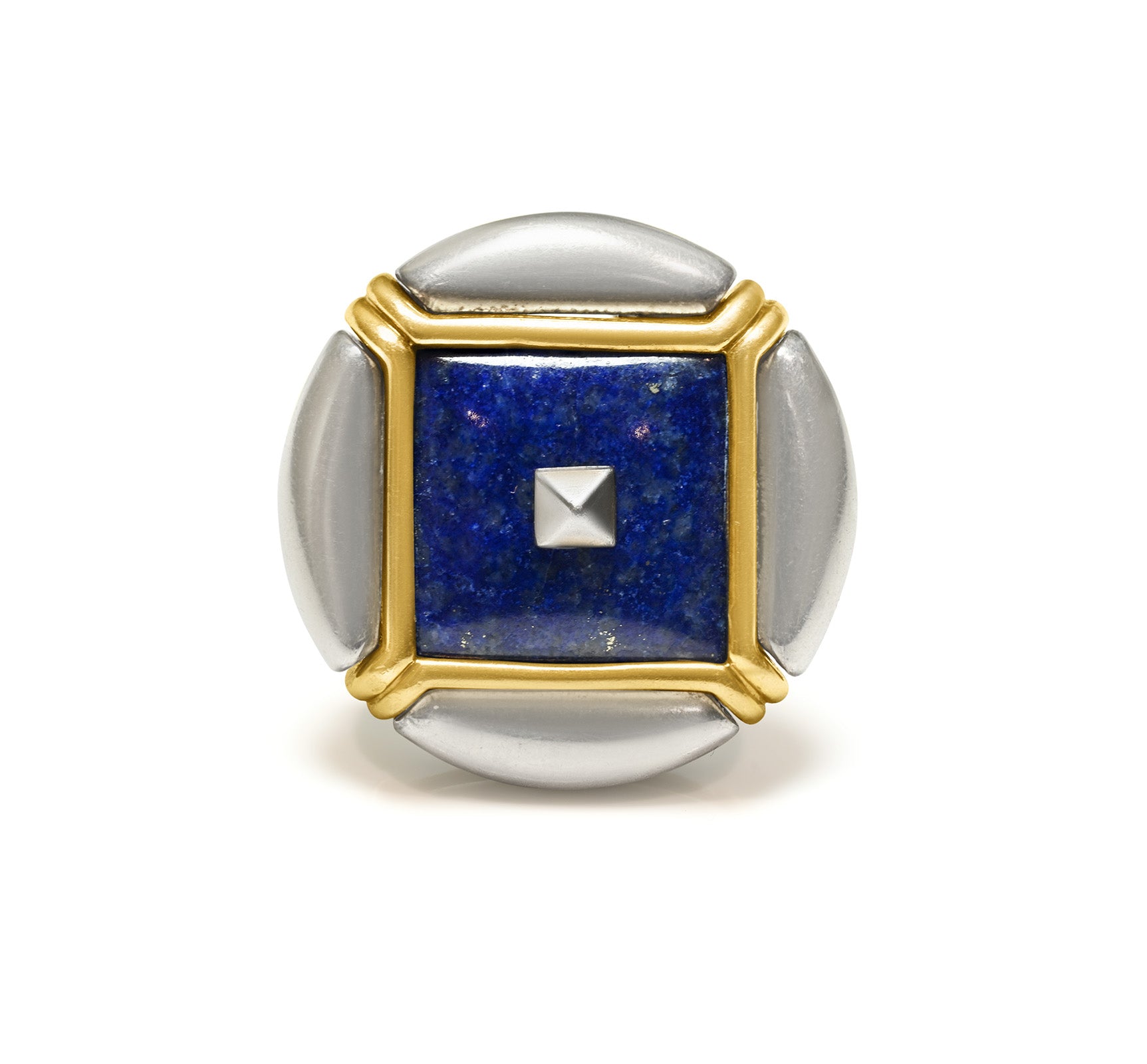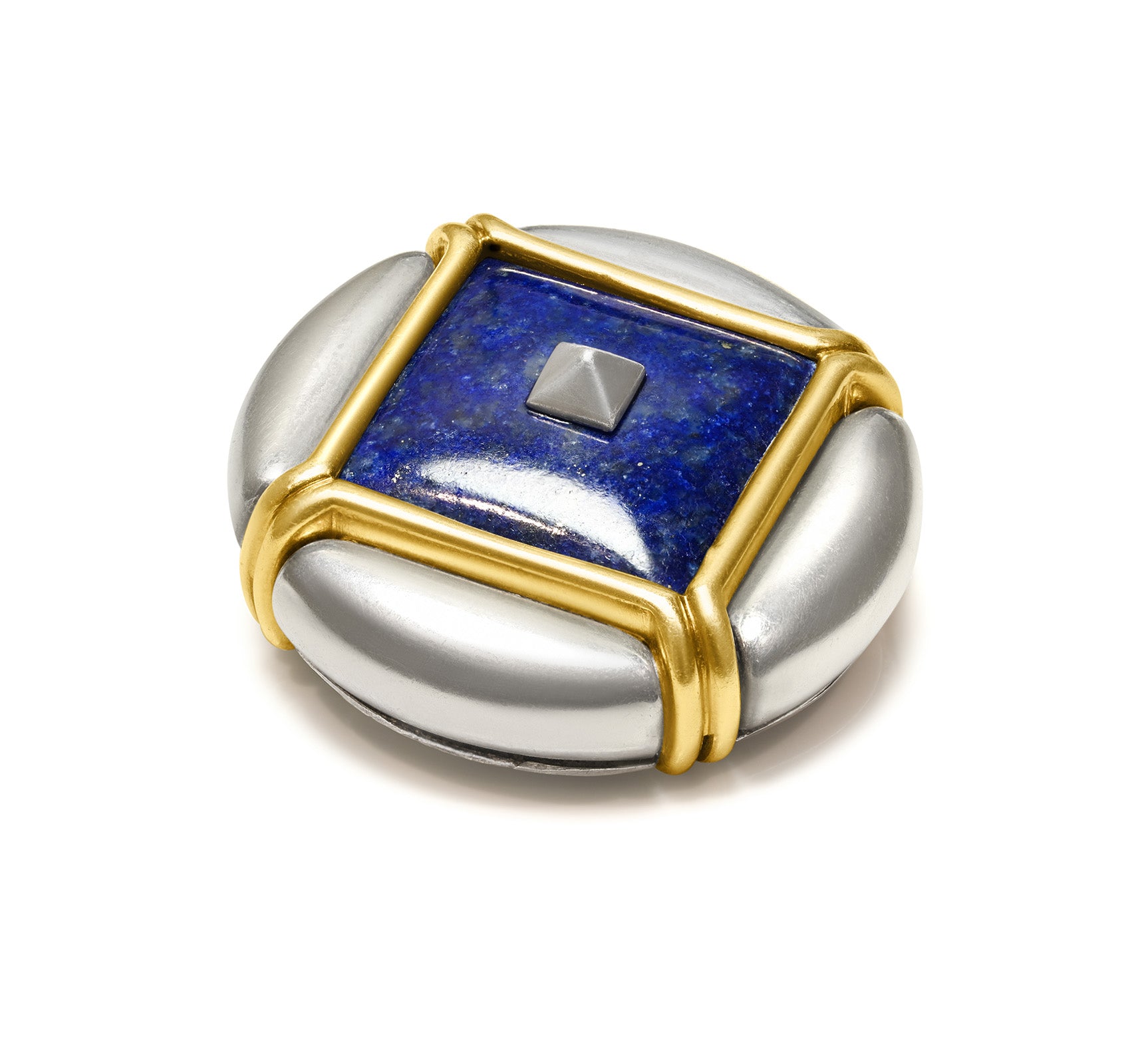
South Sea - The World's Most Valuable Pearls
South Sea golden pearls are among the largest, most spectacular, and most valuable in the world of pearls.
They are cultured in a huge golden-edged mollusk, called Pinctada maxima. Because of its rarity and the sensitivity it exhibits during the pearl's growth, culturing them is a very difficult and much more expensive process than other saltwater pearls.
Why Are South Sea Pearls the Most Valuable Ones In The World?
South Sea golden pearl is the pearl with the thickest nacre, between 2 and 4 mm, and has the longest forming time, after Edison pearls.
For example, if an Akoya pearl is designed in 1-2 years, a Tahitian pearl in about 2-3 years, and a South Sea pearl it takes 377 steps in 4-5 years to reach the ideal size.
Having a very thick nacre that forms over the years, the layout of the pearl is not perfectly spherical and has many being teardrop, button, or baroque shaped.
They are the largest size of the saltwater pearls: if an 8-10mm Akoya pearl is considered large, South Sea pearls are the right size and are the best-selling pearls at this size.
There are large 13-14 mm pearls, but also huge ones, at 16-18 mm, with exorbitant prices, found only in the private collections of the richest people in the world.
One of the most precious specimens was made in 37 years, during which time 35 perfectly matched 18 mm giant pearls were harvested from the clean waters of Palawan, where the perfect aquatic conditions were present.
The value of a South Sea pearl, apart from its size and surface imperfections, is closely linked to how strong its color is.
They have a coloring that starts from white, but it is white with silver tones, specific to pearls of this type, and goes from light yellowish to very strong gold.
The most expensive ones have a hue similar to 24-carat gold.
The price of a necklace can start at $10,000 and go up to $300,000.
The Science Behind Beauty
The visual phenomenon behind mother-of-pearl, luster, and gold color is achieved by the unique, compact arrangement of layers of aragonite (extremely small, hexagonal-shaped Ca crystals measured in microns), bonded with conchiolin (a "glue" secreted by the shell, like cement that binds bricks together).
The color of the pearl is given by the "glue", the conchiolin has colors ranging from orange, brown, or reddish, which together with other specific factors, will determine the final color of the pearl.
The denser and more compact the layers of aragonite and conchiolin, the more intense will be the luster, color, and orientation perceived on the surface of the pearl.
Where Do They Come From?
While most of the white South Sea pearls come from Australia, a very high percentage of the golden ones come from the Philippines and Indonesia. Grown in the waters of the most exotic beaches, they seem to borrow the beauty of the place.
In Australia, around 1850, the 'pearl rush' began, so the little Broom Osasel on Australia's northwest coast instantly flourished.
Today there is a museum dedicated to that heyday, where you can hear the stories of pearl farmers of yesteryear.
Once they have reached maturity and considerable size, they are sold at auctions organized by the great South Sea growers in mixed lots of white and gold, auctions held only a few times a year in Japan and Hong Kong.
Because they are so rare, the worldwide stock is extremely low, so few shops carry South Sea pearl jewelry.


